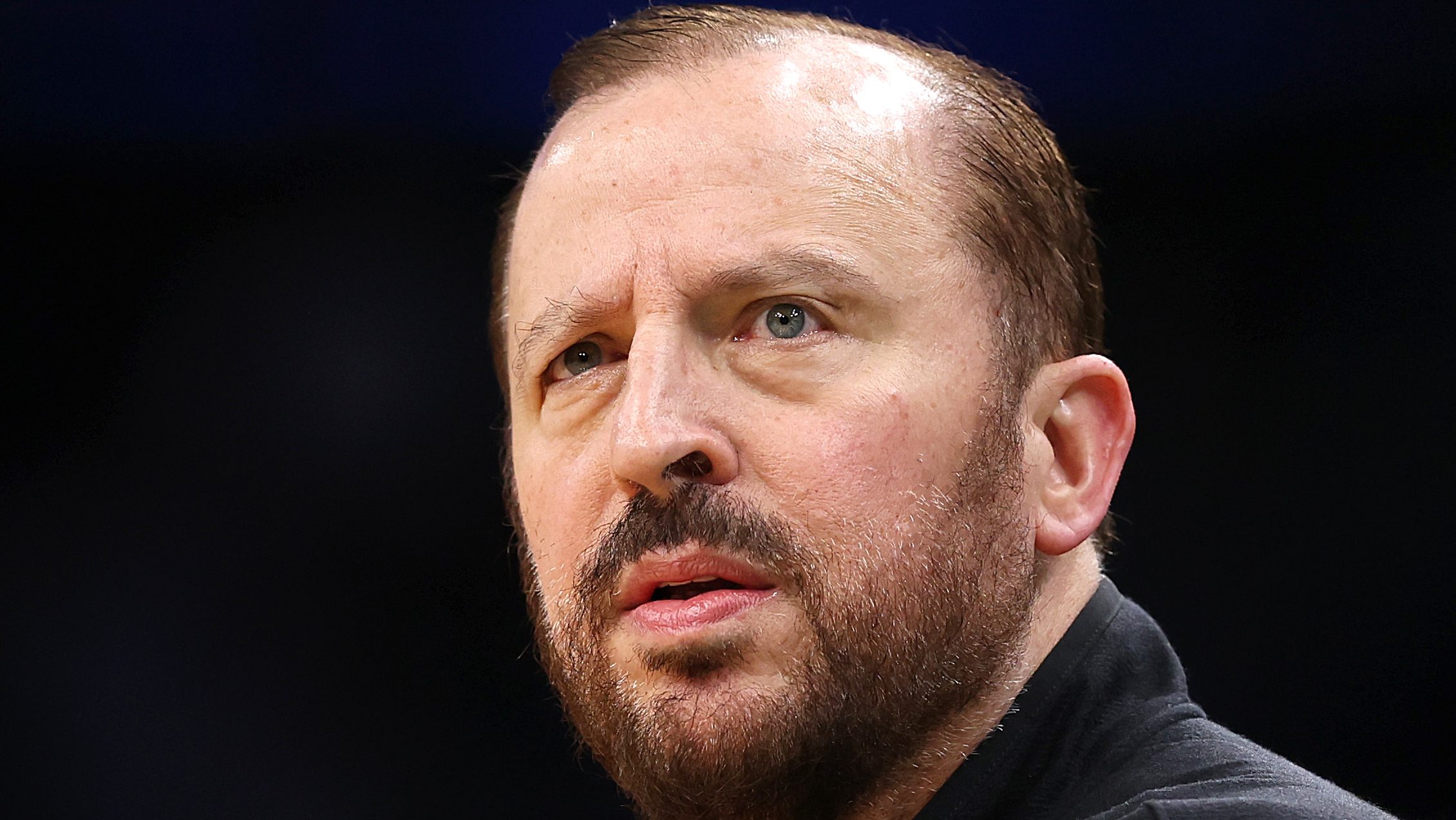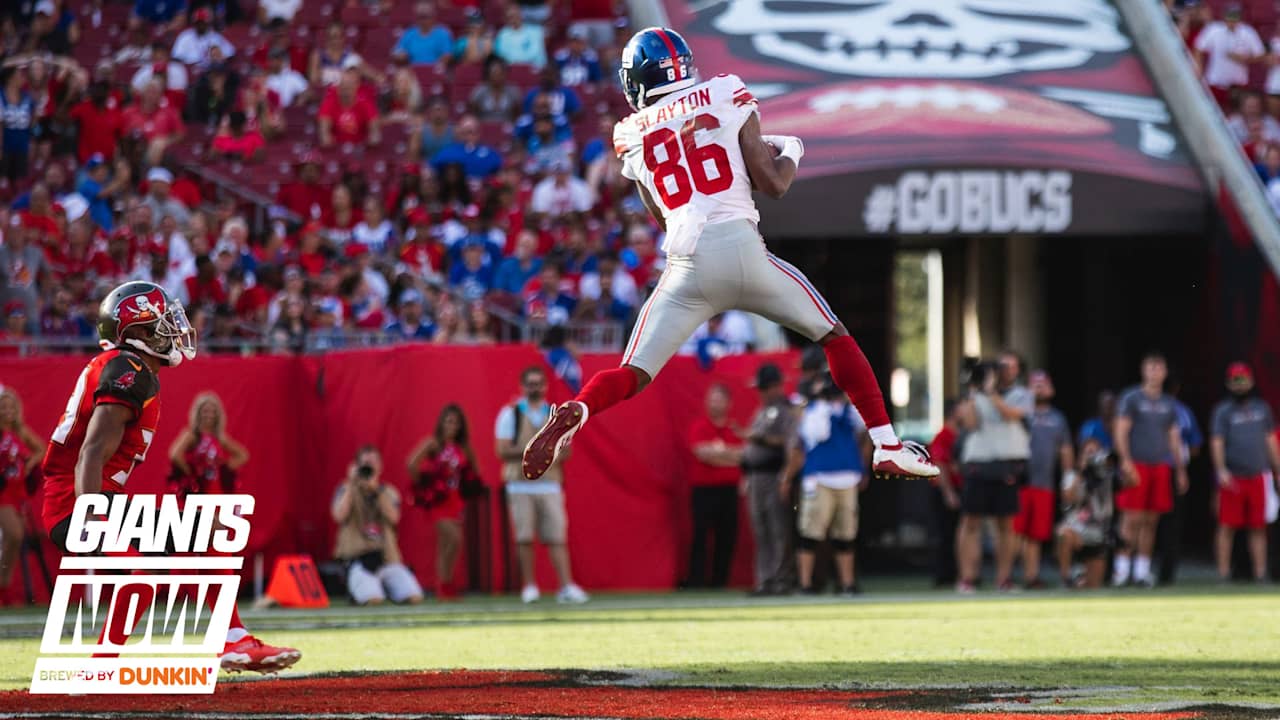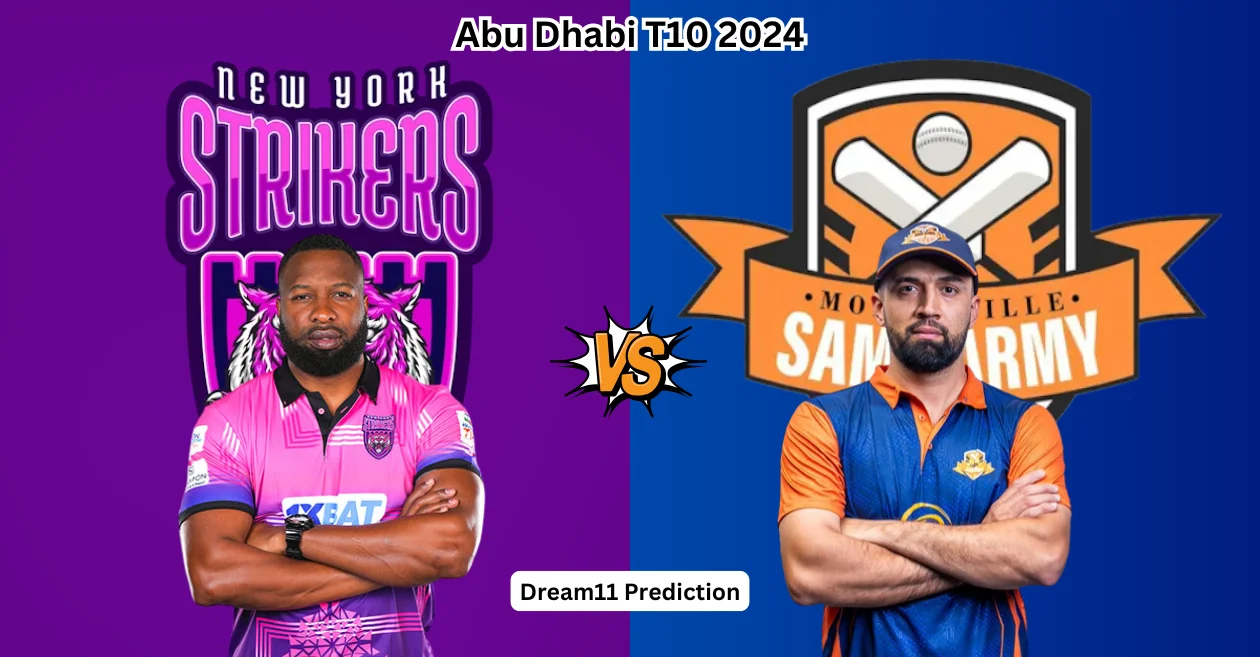Basketball
41 years in the making: A look back at every Knicks-Nets trade

When the Knicks traded for Mikal Bridges two weeks ago, it was a massive paradigm shift.
For a long, long time, the Nets and the Knicks refused to trade each other. As former Nets assistant general manager Bobby Marks put it, the teams just don’t do business with each other. He remarked in January that there were no trade discussions between the organizations in the 20 years he was in the Nets’ front office, working his way up from a public relations intern to the assistant GM role from 2010-15.
It wasn’t always like this. When the New York Nets joined the NBA as part of the NBA-ABA merger in 1976, they were very open to making trades, albeit minor ones, with their crosstown rivals. That doesn’t mean there wasn’t beef between the two franchises. The Knicks, way before James Dolan’s tenure, pressured the planned home of the Nets, the 69th Regiment Armory (which had hosted the Knicks on a part-time basis from 1946-60, including three NBA Finals) in Manhattan to abandon them back in 1969, forcing them to settle in Teaneck, where they would only stay temporarily.
When the Nets joined the NBA, the Knicks again hampered the Nets, with the NBA demanding the Nets to pay a $4.8m fee directly to the recent two-time champion Knicks for invading their territory. This was on top of the $3.2m fee to join the league. The combined $8m in 1976 was too much to overcome for the Nets, who promised to give a raise to Julius Erving and wound up having to trade him to Philadelphia for cash. Funny enough, the Knicks turned down a chance to get Erving for free, with only the promise of paying back the invasion fee that hampered the Nets in the first place.
After their inaugural NBA season, they moved out of the brand new Nassau Veterans Memorial Coliseum (which would continue to host the Islanders until 2015) and to New Jersey, except the Knicks were in the way again, claiming they had territorial rights to New Jersey. This resulted in a lawsuit, the only one before the Knicks-Raptors dilemma recently in NBA history, that had the Knicks be paid another $4m for the territorial rights. The Nets played in Piscataway while they waited for their new home in the Meadowlands to be built.
This bad blood didn’t stop the teams from engaging in four trades in the first decade of the Nets’ NBA life. With the Knicks finally announcing the trade three days ago and officially introducing Bridges to the media today, it’s a good time to look back on the complete, but very brief, trade history of the two teams that inhabit New York City.
June 8, 1978
NYK Receives: #4 Pick, 1979 NJN 1st
BKN Receives: Phil Jackson, #13 Pick
Photo by NBA Photo Library/NBAE via Getty Images
By the end of the 1977-78 season, it was abundantly clear for the Knicks that the glory days of the early 70s were behind them. Willis Reed was now the head coach, Walt Frazier was traded to Cleveland before the season, and Earl Monroe wasn’t getting any younger. They weren’t going to completely rebuild, but this was a big opportunity for them to get younger. The Nets, meanwhile, were a trainwreck with just 46 combined wins through two years in the NBA. Still, they were looking to try to compete with a burgeoning Bernard King and were delighted at the 30 PPG that John Williamson averaged after a midseason trade from Indiana.
Remember that settlement I talked about earlier? This trade was apart of it, meaning it was intentionally skewed to favor the Knicks. The only player exchanged was future Hall of Famer Phil Jackson, who won nine championships coaching the Lakers and Bulls and had a very, very awful tenure in the Knicks’ front office. His original connection to the Knicks was playing there for ten seasons, from 1967 to 1978 (he missed one of the championship seasons with a back injury). Jackson, who once averaged 11 PPG in back-to-back seasons, was down to just ten minutes per game, averaging 2.4 points and 1.7 rebounds. In two seasons with Brooklyn after the trade, Jackson saw more playing time, averaging six points and three rebounds a game on 49.6% from the field, retiring after the 1979-80 season.
The two teams swapped their firsts. With their new #4 selection, the Knicks passed on a lanky white guy from Indiana State named Larry Bird to select Micheal Ray Richardson, who has a criminal spelling of his first name. MRR would play four seasons in the orange and blue, making three all-star teams, and was a two-time 1st-Team All-Defense. Later, the Knicks would deal him to Golden State with a 1984 5th Round Pick for Bernard King, who at the time of the 1978 trade had just averaged 24.2 PPG as a rookie in New Jersey. Richardson would wind up playing for the Nets for 3.5 seasons before being banned for drug abuse in February 1986.
The 13th pick went to New Jersey, who selected San Francisco’s Winford Boynes. Boynes would play just two years in New Jersey, averaging 9 points, 2.2 rebounds, and 1.3 assists on 44.9% from the field. After 133 games, he was unprotected in the 1980 Expansion Draft and was poached by the Mavericks. He was waived after just 44 games and never played again in the NBA.
The Knicks also acquired a 1979 first-round pick, but they traded that along with 15 PPG starter Lonnie Shelton to the Seattle SuperSonics for a first-round pick in 1981. This was arranged as compensation for a Knicks free agency signing in 1978. Of course, the Knicks traded that 1981 pick to the Kansas City Kings in the trade that landed them Campy Russell, who was a starter for two years before going down with a knee injury.
June 10, 1981
NYK Receives: Mike Newlin
NJN Receives: Mike Woodson
The Knicks were coming off of a 50-win season under head coach Red Holzman, who returned following the dismissal of Willis Reed during the 78-79 season, and the Knicks swung for the still decrepit Nets’ leading score in Mike Newlin, who averaged 21 PPG over two seasons in New Jersey. Granted, Newlin was now 33 years old. After starting the first nine games, he was benched, playing under 20 MPG. Although he would have stretches where he rejoined the starting lineup, he was mostly a bench player, averaging just 9.3 points and 2.2 assists on 46% shooting. He would be waived shortly before the beginning of the 1982-83 season.
Mike Woodson, another future coach, was the Knicks’ 12th overall pick in 1980 and played sparingly in his rookie year. Woodson would play just seven games in a Nets uniform, being traded after averaging 12 PPG in New Jersey with a first-round pick to Kansas City for Sam Lacey. Woodson would bounce around, moving with the Kings to Sacramento, going to the Clippers in 1986, Houston in 1988, and four games in 1991 with the Cavs.
September 30, 1983
NYK Receives: Ed Sherod
NJN Receives: 1983 NYK 3rd
:no_upscale()/cdn.vox-cdn.com/uploads/chorus_asset/file/25522435/99997770.jpg)
Photo by Dick Raphael/NBAE via Getty Images
Very lowkey trade. Sherod was a 4th round pick in 1981 who was waived before the season by the Nets. After spending a few months in the Continental Basketball Association, he was re-signed by the Nets in April, becoming the first player to make their NBA debut in the postseason (he played 8 total minutes). In one season with the Knicks, Sherod started 37 games and averaged 6.2 points and 4.9 assists on 40.6% shooting. That said, he was mostly benched in the playoffs and waived after the season.
The Nets would use the pick acquired on Bruce Kuczenski. He played just seven games and 28 minutes as a Net, scoring just 11 points, before being cut in December. He played eight more games that season for the 76ers and Pacers before fading off. He never scored more than six points in a game.
June 22, 1983
NYK Receives: Len Elmore
NJN Receives: 1984 NYK 2nd
:no_upscale()/cdn.vox-cdn.com/uploads/chorus_asset/file/25522437/145404247.jpg)
Len Elmore was a solid starter for a decent 1981-82 Nets team, scoring nine points per game on 46% shooting. Despite regression the following year, the stagnating Knicks, coming off a sweep in the second round, acquired him at low cost. Len would play 65 games, mostly off the bench, and was relatively a non-factor. He managed to average 2.4 fouls per game in just 12.8 minutes. That’s a per-36 of 6.6, people!
Tom Sluby only played 31 games in the NBA, none for the Nets. The pick was traded along with a first-round pick and Foots Walker for Kelvin Ransey before the 1983-84 season. Ransey would average 8.6 points a night in three seasons with the Nets, a step down from a guy who was a Rookie of the Year runner-up and got down-ballot MVP votes in 1980-81 with Portland.
Present Day
It took 41 years and a couple of days for the two rivals to meet again for a trade. And it’s safe to say, it’s by far the biggest of the bunch. It’s rare for two franchises that have existed for over 40 years to have such little trade history. Some examples I can find:
- 1 Trade: Bulls-Celtics
- 2 Trades: Pacers-Pistons
- 3 Trades: Lakers-Celtics, Warriors-Lakers
- 4 Trades: Knicks-Celtics, Sixers-Celtics, Bulls-Pistons, Mavs-Lakers
If I was a true sicko, I’d see if any of these had 40-year droughts. Maybe one day. While a lot of pairings are rare, very few didn’t talk to each other for forty whole years.










